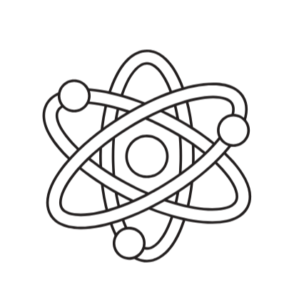Harrison Schmitt, the last man to walk on the moon, spoke to a full house at the Linda Hall Library on Sept 2, 2009, as part of the “To the Moon and to the Planets Beyond” lecture series.
Schmitt left the moon on December 14, 1972 as part of the Apollo 17 mission. He was the only geologist to visit the moon, receiving a PhD in Geology from Harvard. And as the only non military and non professional test pilot among the Apollo crews, much to the consternation of the NASA controllers on earth, he was prone to falling while hunting rocks on his moon walks. In this photo, his suit is covered in moon dust from his close up encounters.
He is most proud of the photo he took of the earth, as he returned from lunar orbit. Often called the “Blue marble” picture, it is one of the most famous pictures from space, as it shows the full sphere of the earth, with no country boundaries.
Schmitt spent a few minutes speaking about his experiences with NASA during the glorious days of NASA, culminating with Apollo 17. “These young engineers, with an average age mid their mid 20’s, were doing the most important thing they would ever do in their life.”
The recent cuts to the NASA Constellation program have “devastated morale” within NASA and, he believes, are taking us in exactly the wrong direction.
He came to this event to plead his case to return to the moon to help solve the growing energy crisis. He made it clear, he did not feel there was a global warming crisis. He argues that there is too much uncertainty in our current knowledge about climate modeling to be able to state that global warming is human caused. Rather, he states emphatically that it is natural.
“We are under a steady increase in temperatures for the last 150 years. This is due to the increase in ocean temperatures. The polar ice caps are increasing in size, not decreasing. Most of the CO2 is coming from the ocean’s heating, not from human products.”
“The role of clouds and cosmic rays have not been integrated into climate models,” Schmitt said. “What is the dwell time for CO2 in the atmosphere? Is it 5 years, or 150 years?”
“The real problem for us,” he went on to say, “is that by 2050, there will be 10 billion people on the earth, and maybe 10 times more energy than used today is required to raise their standard of living.”
This is the looming energy crisis he is concerned about. The solution he proposed is to develop Helium 3 fusion reactors and to go back to the moon to strip mine Helium 3.
All fission or fusion reactions today basically use the heat of the reaction to boil water and make steam. Much of the energy generated from the reaction is in the form of neutrons, and it is difficult to extract energy from these fast neutrons, other than trapping them in the steel walls of the containment vessels, embrittling the steel to the point of catastrophic failure.
He believes that the He3 + He3 fusion reaction is a more efficient process and cleaner. There are no neutrons generated, instead, just a proton, electrons and an alpha particle. The energy can be extracted from these charged particles much more efficiently and easily than for a neutron producing reaction. But a plant based on the Helium 3 reaction would also require higher temperatures than for a more conventional fusion reactor using a deuterium- tritium fuel.
If the helium 3 reactors can be built, the limiting step would be availability of the helium 3 fuels. On earth, helium 3 makes up less than 10 parts per trillion of the atmosphere. Even in helium gas, coming out of oil and gas fields, the helium 3 isotope makes up about only about 100 ppm of all helium. With less than 1000 ppm of the gas in natural gas being helium, this is about 100 ppb of the mined gas being He3.
From his own samples of moon rock brought back on Apollo 17, Schmitt finds the concentration of He3 in the lunar soil to be about 20 ppb. This He3 probably came from the solar wind of the sun, which embedded itself into the upper surface of the moon’s soil.
He estimates, a 1000 MW fusion plant would need about 100 kg of He3 for a year’s fuel supply. This could be mined from a 2 square kilometer region, strip-mined to a depth of 1 meter.
Schmitt argues that if we can develop a helium-3 reactor, and if we could strip-mine the moon and extract the He3 and if we could get it back to the earth, then the moon could be our fuel supply.
While it was exiting to hear a true American hero, his argument to return to the moon to strip-mine helium 3 did not convert many attendees.
If you missed his lecture, you can listen to the recording from the Linda Hall Library web site:
http://www.lindahall.org/events/space_stream.shtml
For more information, check out these links:
http://en.wikipedia.org/wiki/Helium-3
http://www.searchanddiscovery.net/documents/2004/schmitt/index.htm






